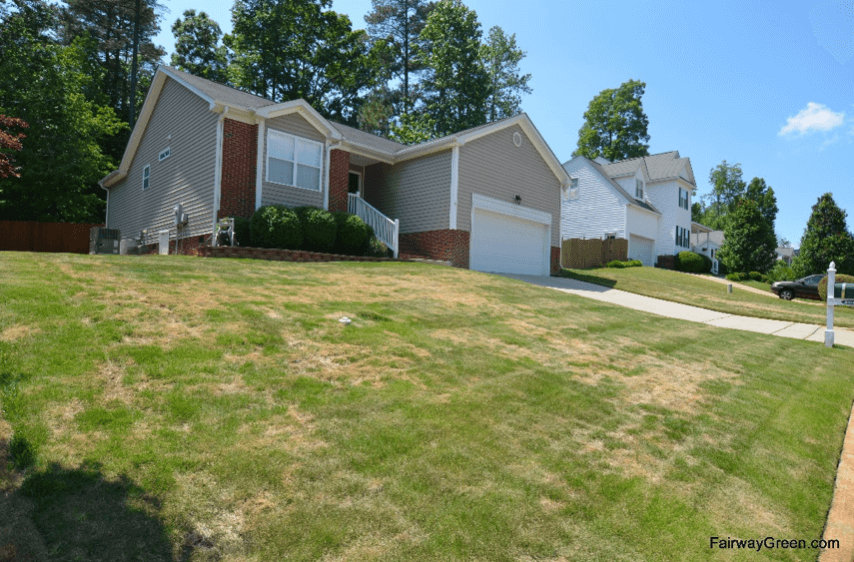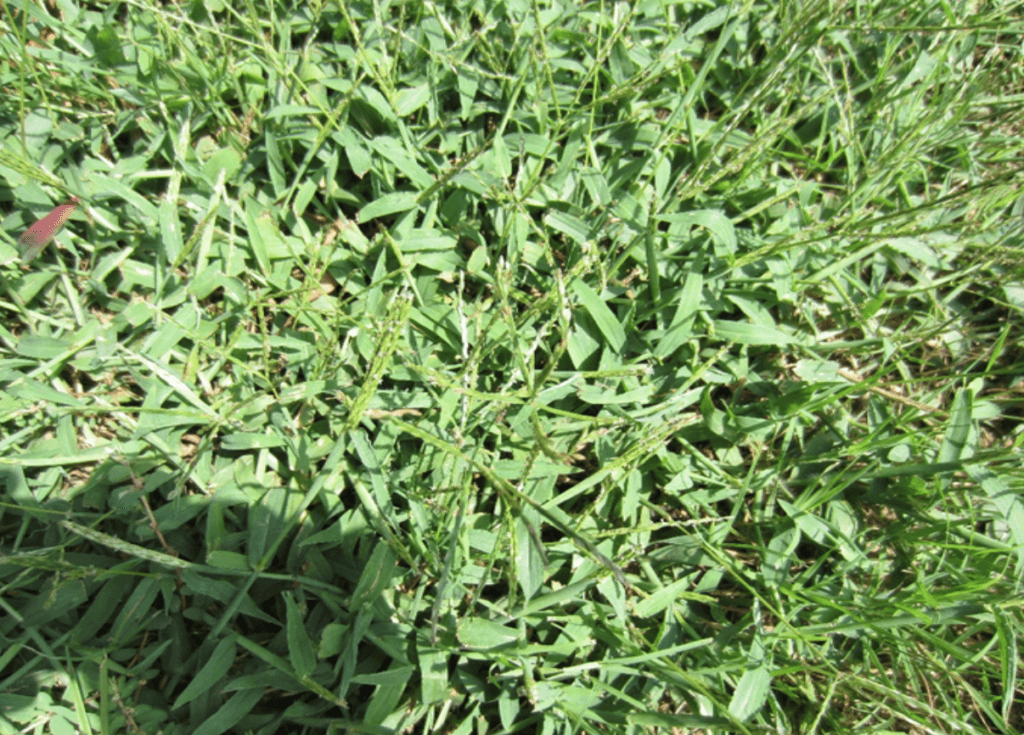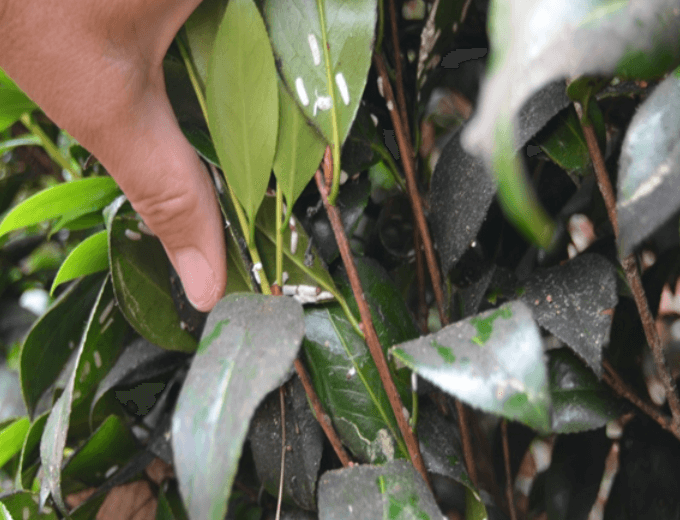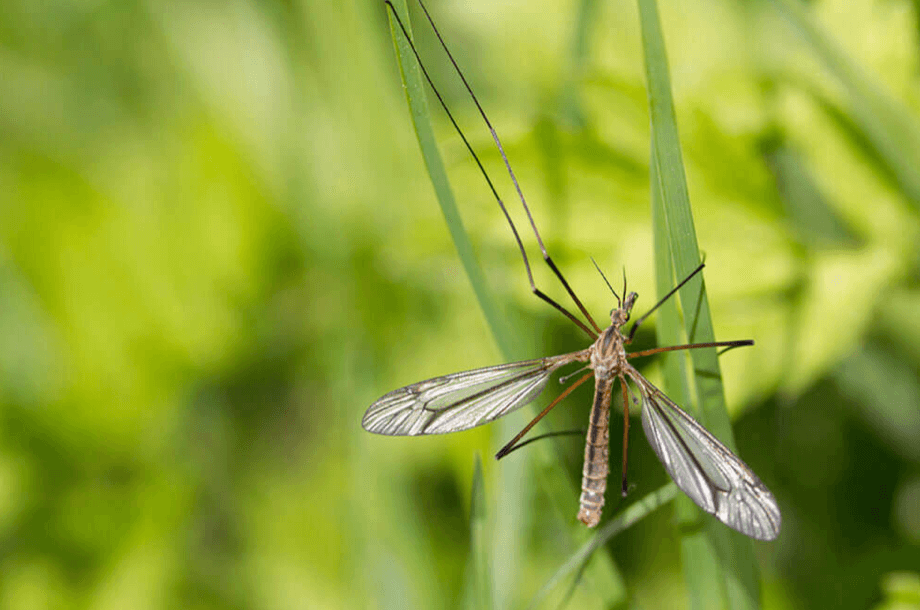COVID-19 Update Effective May 2020: Fairway Green will no longer leave paper invoices or information packet at time of service. In our continued effort to improve and deliver the best possible turf and ornamental management service, we will be moving to a more efficient method of communication. This method will also help reduce our environmental… Read more »
Effective May 2020: Fairway Green will no longer leave paper invoices or information packet at time of service.
In our continued effort to improve and deliver the best possible turf and ornamental management service, we will be moving to a more efficient method of communication. This method will also help reduce our environmental impact on landfills and recycle centers by eliminating paper and clear plastic bag waste. We have been planning this improved communication avenue for some time. Due to COVID-19 and the importance of following CDC Safety Standards, we are implementing this early May 2020. We strive to keep our family and yours as safe as possible and feel this will be an added level.
Fairway Green will be communicating via email/text notification system. The notification will be used for invoicing after service and important alerts/notifications pertaining to your services. This new notification system will help us service your lawn in the most efficient and effective way possible.
The notification will have a link that directs you to your Customer Portal. This is where you will log in to view details about the services completed with any special comments about the lawn and landscape. The Customer Portal is also a great place to get answers to common questions.
Please visit Fairway Green’s Customer Portal to register if you have not already. You will need your customer number and will only take a minute to register.
Email us at info@fairwaygreen.com to request your customer number if you do not know it. It can be found on a past invoice too.
Please help us make this transition as smooth as possible and update/correct your cell numbers and email addresses in our system.

At the time of this writing, we have not seen many lawns with signs of potential winter injury on warm-season turf. However, damage may have occurred on some warm season turf from late frost and cold temperatures. Centipede is the coldest intolerant of all warm-season turf and tends to green up sooner than other warm-season turf. Bermuda, Zoysia, Centipede and St. Augustine started transitioning out of dormancy the past couple weeks due to warmer soil temperatures and could have setup these grasses for potential injury. We will know more in the coming weeks as we get closer to May/June. Warm-season winter injury can be widespread or only in micro-environments. Most warm season turf will start actively growing through May and June.

Fairway Green has been receiving many calls from customers and non-customers concerned that they have Crabgrass in their lawn. However, in most cases it is Poa annua they are seeing and not Crabgrass. Poa annua (annual Bluegrass) is a very common grassy weed that is difficult to control. Due to the slight increase in ground temperatures this spring, Poa annua is noticed a little earlier in Fescue lawns due to the light-colored seed heads. Poa annua does a good job of blending into Fescue until it starts to seed.
Poa annua (Annual Bluegrass) is an annual grass that is most noticeable this time of year because of the large amount of tan-colored seed heads the plant is producing now. Poa annua actually germinates in the fall starting in late August through the winter; the same time you seed Fescue in this area. This is why pre-emergent applications for Crabgrass in January, February and early spring do not control Poa annua. Poa annua was mature when the pre-emergent applications were applied. Poa annua will generally end its life cycle in Late April to May/ June. It is a prolific seeder and seed is generally viable the following year.
It typically grows in areas that have poor compact soil where your desired turf is thin or nonexistent. For example; along roadways, Devil Strips (strips between sidewalk and roadways) and oddly enough along the sides of driveways where you often walk on turf to get in and out of the vehicle. These areas are often heavily compacted making it difficult for desirable turf to flourish. However, being it is a common grassy weed in our area; it can be found anywhere, even in the middle of the yard.
We control about seventy percent (70%) of Poa annua in warm season (Bermuda, Zoysia and Centipede) with your fall applications. These are the two applications about 30 days apart around October, November and December. We utilize a split application of this product which provides good control. Again, this split application will control roughly seventy to seventy-five percent (70%-75%), not one hundred percent.
We have a different product that can be applied in November and again in December to control about seventy to seventy-five percent (70% – 75%) of Poa annua in Fescue. Both applications are required to get roughly seventy percent control (again, not one hundred 100%).
Please let us know if you would like to receive the two Poa annua control applications later this fall for Fescue turf only. Each application is a separate charge from you basic program and is your current per application charge.

If you have healthy tall Fescue, you will get Brown Patch Fungus at some point during the season living in the Transitional Zone of the United States.
Brown Patch Fungus on Fescue typically starts in late April/early May. Brown Patch Fungus activates within a distinct set of climatic parameters. Brown Patch will activate when the temperatures are above 75 degrees with high atmospheric moisture. This moisture can be in the form of rainfall, irrigation or humidity. Brown Patch fungus can be devastating to the lawn.
Signs of Brown Patch will be an off color similar to drought stress, lesions on the leaf blade, browning of the turf in circles or areas. The easiest way to identify Brown Patch is to stand away from the lawn and look for a shadow appearance on the lawn. Once you identify the area of concern, look at the leaf blades of the plant for tan or brown lesions on the leaf blade. If you see these lesions, more than likely, you have Brown Patch. Drought stress can be mistaken for Brown Patch. Drought stress will make the leaves fold at the center giving the leaf blade a straw appearance.
Applying fungicides preventively offers better control and less turf damage vs. curative fungicides. Please let us know if you would like to discuss our Fescue fungicide program.
Mowing season is underway (for cool season turf). Proper mowing height will help control weeds in the lawn. Research has proven that maintaining a mowing height of 3½ – 4” on fescue drastically reduces the amount of crabgrass in the lawn. Mowing at this height will also help promote healthy turf and hold back broadleaf weeds.
Many warm season turf lawns struggle to strive due to improper mowing height. Mowing your type of warm-season turf properly will drastically improve the overall quality and appearance of the lawn. Bermuda in a home lawn requires mowing every few days at 0.5” to 1.5”. The lower setting is for hybrid Bermuda. Mowing at this height encourages denser turf and spreading. The lawn will look thin and grow upward if mowed above this height. In addition, it lowers the quality of the grass increasing the possibility of damage. Many people cut their Bermuda too high and not often enough. Zoysia requires a mowing height between 1.5” and 2.5” based on your particular variety. A safe bet would be around 2.25”. Centipede needs to be cut low around 1” to 1.75” to perform well. St Augustine requires a mowing height of 1.75” and 2.25”.

Crabgrass will usually start to germinate in late March or early April throughout the Transitional Zone. Germination will occur when soil temperatures are between 53 to 58 degrees and 3 to 4 inches deep. This happens to be the same ground temperature range where Dogwoods start to bloom. Crabgrass germination will be seen first in bare spots with little desirable turf and in full sun. Split applications of pre-emergent Crabgrass control perform well. There is still time if you missed your first application of pre-emergent to control a fair amount of Crabgrass, but you must act quickly.

If you start seeing a tall weed growing in your Zoysia or Bermuda lawn this month, it could be American Burn Weed. This weed usually germinates around March/April and through the summer. It prefers man-made or disturbed sites. It is more noticeable in warm-season turf at this time because the mowing season has not started yet for that turf type. American Burn Weed has a straight stem with varying sized and shaped leaves even on the same plant. However, most of the leaves will be lobed. The stem will have many translucent fine hairs on it. The plant can germinate in the thatch layer of warm season turf. This is why it is common to see in warm-season turf after it has had a pre-emergent applied.
Post-emergent broadleaf weed control can help control this plant prior to flowering. American Burn Weed doesn’t like to be cut and often can be controlled just by mowing it.
Interesting fact: Wasps of all types are the dominant pollinator for American Burn Weed.

Speedwell commonly is also referred to as Veronica, Birdseye, and Gypsyweed. Speedwell weeds consist of several small, lobed leaves and small flowers, which may consist of a variety of colors, mainly blue and white. The leaves will be doubled with scalloped edges and broadcasts a heart-shaped seed pod on the stem of the flower. This weed will thrive in dry and shaded areas. On the contrary, it is also not partial to moist soils, fertilized areas and low mowed grass. They will develop swiftly and take over your lawn. Proper fertilization, recommended mowing heights and pre-emergent can assist with the control of this weed.
Close up of Speedwell stem and seed pods.

Now is a good time to inspect your ornamentals for signs of insect activity.
Scale is an insect that is present year-round. However, spring can be a good time to start controlling some Scale while they are in the nymphs (crawling) stage. Scale, in their crawling stage, is when they are most vulnerable to contact insecticides before they produce their hard outer coating. Scale is one of the most difficult insects to control on ornamental trees and shrubs.
Prevention is key to maintaining a safe and comfortable season. Fairway Green will start the Mosquito Control Program in May. Applications will offer control for approximately 25 days. A program may consist of up to eight total applications. A one-time application is also available and is great for special outdoor events. Tailor your program to suit your specific lawn’s needs.
We are all aware that mosquitoes may transmit diseases such as: West Nile Virus, Encephalitis, Chikungunya, Zika and more. Let us help your family keep peace of mind. Request a no-obligation price quote and enjoy the comfort of the outdoors at your home!
Pro-Tip Prevention Steps: Empty areas regularly that collect water and residue build-up. This will aid in reducing mosquito growth and reproduction. Areas include and are not limited to: Pet dishes, bird baths, storm drains, children’s toys, swimming pool and hot tub covers and excessive watering or leaking hose/irrigation systems.


There has been an abundance in Crane Flies this year. Although they may look similar to mosquitoes, they are indeed different. They are related to the mosquito and robber fly families. Crane flies have snagged the nickname “leatherjackets” due to their thick, tough skins – that damage and destroy lawns. Crane flies are a threat to your lawn only when they are larvae. While they are larvae, they will reside in various bodies of waters, including rivers, lakes, damp soil and a gathering of wet leaves. Other moist areas include irrigated lawns. The majority of their life span is spent as larvae, which can last up to three years and even longer. During this stage, they feed on leaves, plants flower nectars and also the composites in soil and the several bodies of water. This can cause them to be a nuisance to the maintenance of your lawn. Once they have evolved and become the crane fly as pictured, they do not cause any harm to your lawn or yourself. They are not known to bite. They are however attracted to light and will surround your porch, doors and other areas where light may exist. These insects are prey for many other wildlife, such as birds and bats. Where heavy rainfall occurs, you can expect more sightings of Crane flies.
Their feeding is primarily in fall when they hatch and again in fall when they begin feasting on the grass. Damage is more noticeable in Spring while the grass thins, and the brown patches start to die.
Bermuda suppression treatments specifically target Bermuda grass (also known as wire grass) growing in your Fescue lawn. Applications occur when Bermuda is actively growing. Our program consists of three total applications. The first application beginning in May, with a treatment applied every 30 days, finishing in July. This program is highly recommended to decrease the spread of Bermuda grass within your healthy Fescue lawn.